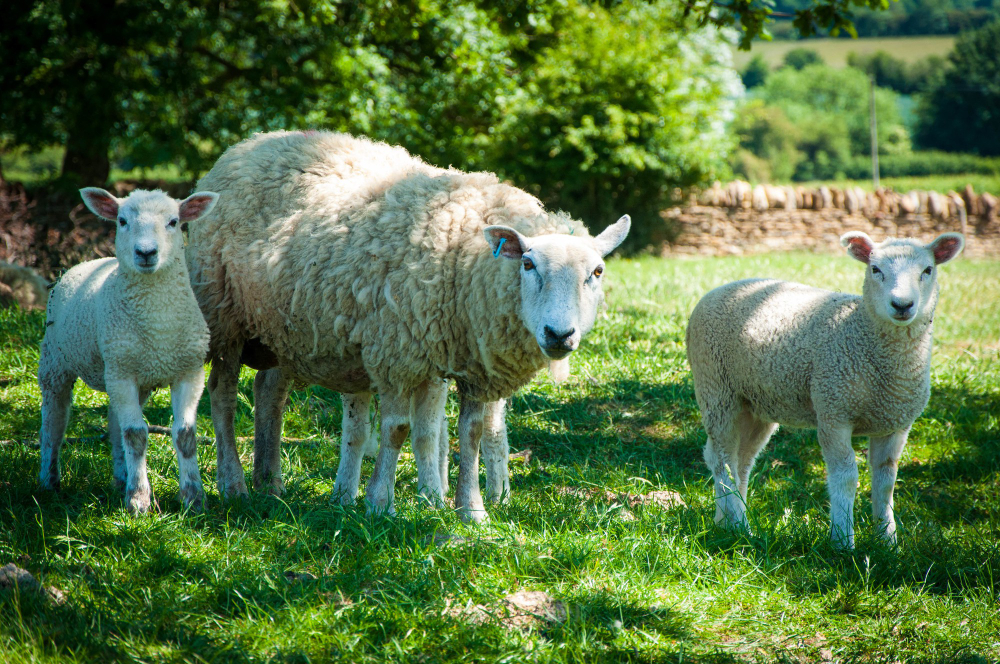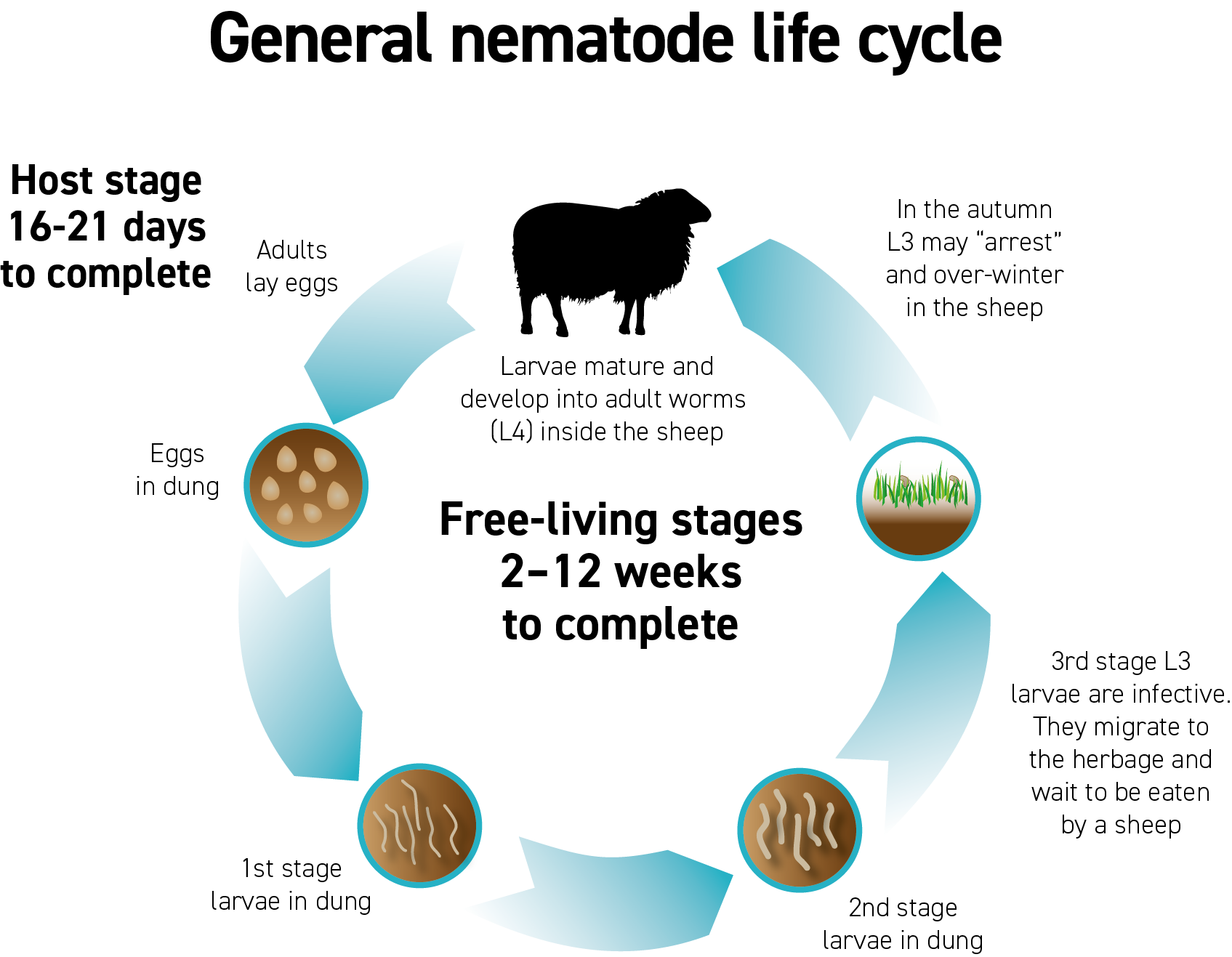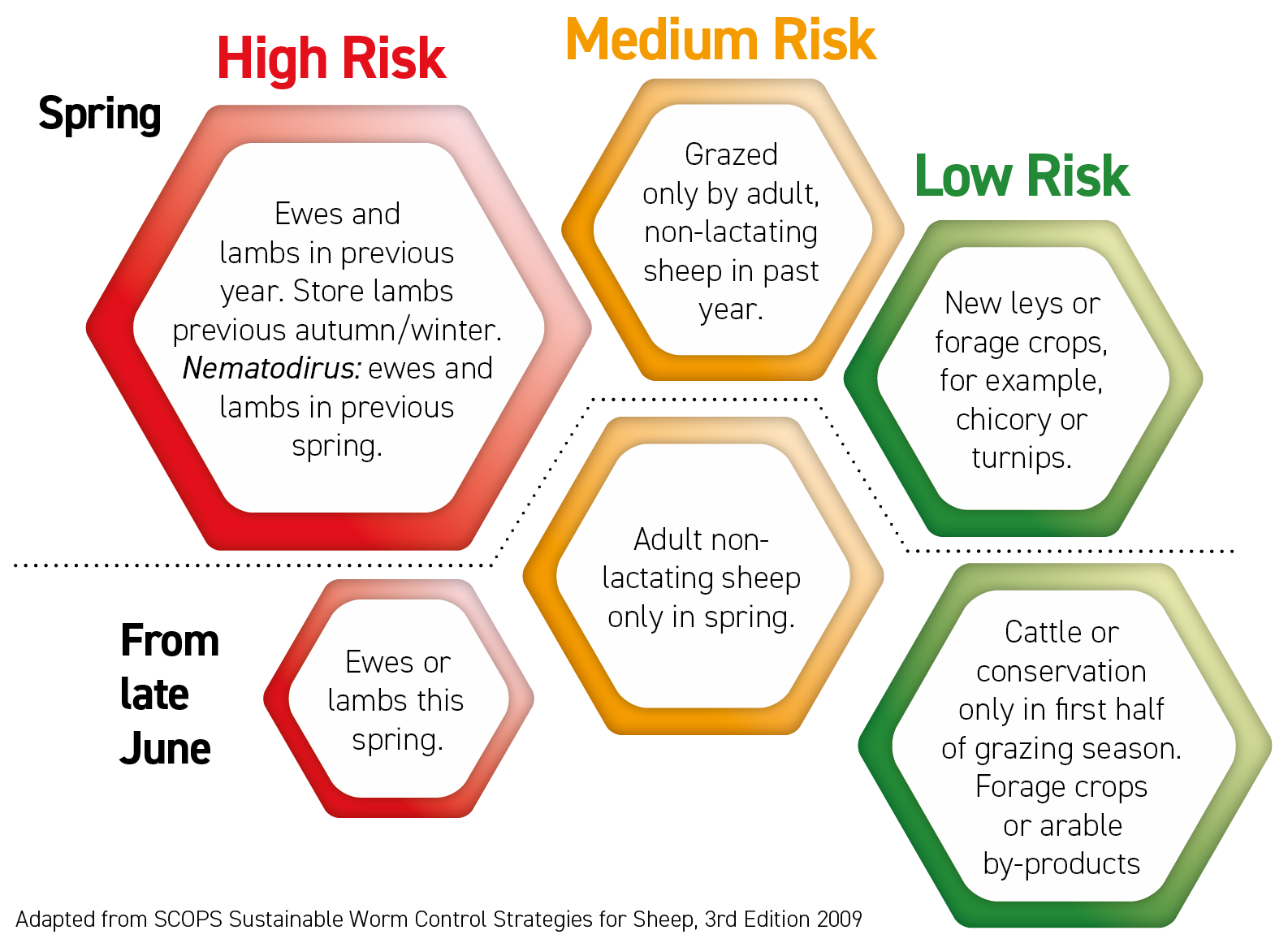
Roundworms
Roundworms
Roundworms (nematodes) have a significant effect on the economic performance and health of sheep flock. It is crucial that control strategies are implemented as part of the flock health plan. Historically, the industry has relied on anthelmintics but in order to limit the development of anthelmintic resistance, it is important to adopt monitoring approaches.
Understanding roundworms in sheep
Learn more about the causes and signs of roundworm in sheep and how to treat and control the parasites.


Interested in learning more?
Download our best practice guide to learn more about how to control worms in sheep.
References:
1 SCOPS Internal parasites [ONLINE]: https://www.scops.org.uk/internal-parasites/worms/species-and-lifecycles/ Accessed 19/06/24
2 SCOPS Sustainable Worm Control Strategies for Sheep, 3rd Edition 2009






